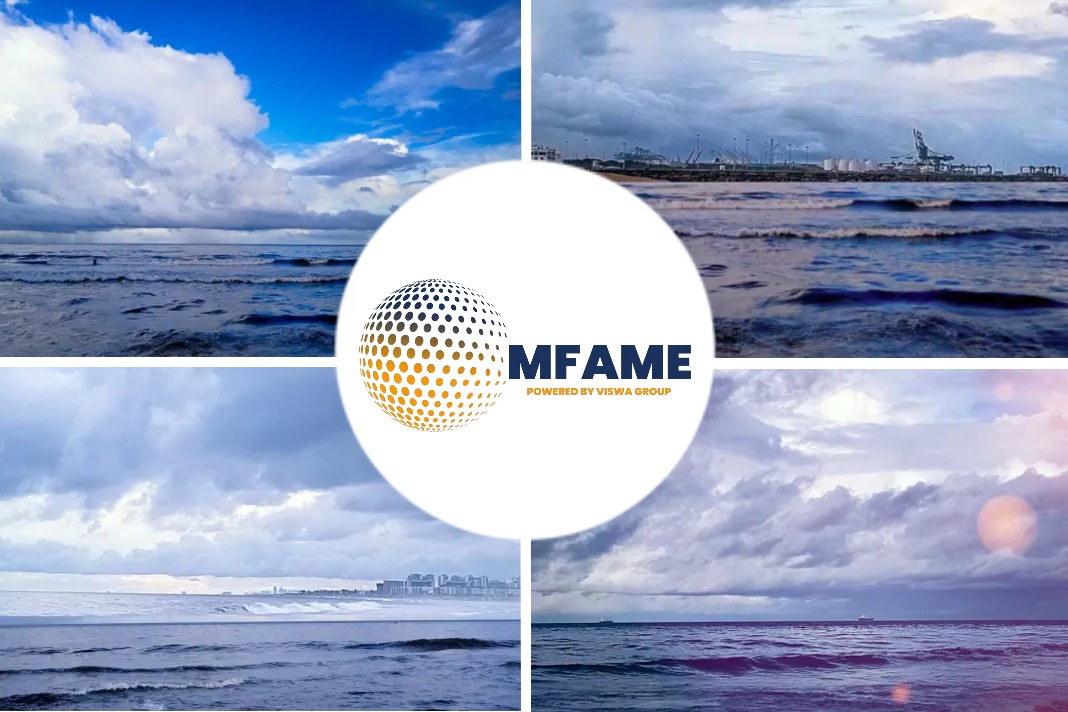- Prior to loading the relevant tanks and associated loading equipment must be checked.
- Visual inspection of the tank, tank openings, and equipment has to be carried out.
- The surveyor determines the acceptance of ship cargo tanks for loading.
Checks prior to loading
Prior to loading the relevant tanks and associated loading equipment must be checked for technical readiness and their acceptability for the next cargo.
- Before loading any cargo, check Certificate of Fitness, heating requirements, cargo & coating compatibility, density…. Make sure that you can load it!
- Strictly review cargo documents, including viscosity and melting point.
- Systematically review MARPOL requirements before preparing tank cleaning plan.
- Voyage orders / Cargo instructions / Charter Party must always be reviewed by Master .
- Data from Tank cleaning guides must be systematically reviewed, as guidance for Crew.
- Despite Master and Chief Officer are the 1st responsible Officers for the cargo operations, other members of the cargo team should report any doubt with regards to cargo operations under progress.
Special attention
Visual inspection of the tank, tank openings, and equipment has to be carried out. Special attention has to be paid to:
- Tank dome / hatch
- Butterworth opening
- Ullage opening
- Packing
- Cargo Pumps
- Heating Coils
- Coating Condition
- Pump Swap
- Passivation condition of stainless steel tanks
- Any ballast water leakage in cargo tanks
- Deck lighting
Tests / Checks
The following tests / checks have to be carried out:
- High – Level alarms
- Level gauging system (including portable gauging equipment)
- Key cargo instrumentation, including temperature and pressure monitoring equipment, to be calibrated where applicable
- P/V valves
- Heating coils for tightness (heating coils may need to be blown clear of water if not required for heating cargo)
- Cargo lines pressure testing if required by charterer before loading.
- Tank tightness
- It is essential that the accommodation is kept under positive pressure to prevent the entry of Hydrocarbon Vapours – the Operation of sanitary and galley extraction fans will cause a vacuum and therefore the air conditioning system intakes must not be kept fully closed. The accommodation air conditioning system should be maintained on partial recirculation during cargo operation.
- Ensure that all gas detection equipment (both fixed and portable) is in operation and calibrated with the required gases. It may, in some circumstances, be necessary to organise gas checks of some deck areas at regular intervals with portable gas detection equipment
- Purging of cargo pump cofferdam for submerged pumps.
- Pressure gauges
- Coating conditions
Prepare the following, if applicable:
- Vapour return line
- Prepare / check jumper hoses or fixed connections.
- Nitrogen system
- Closed loading
- Decontamination shower and eye-wash
- Off shore manifolds to be blanked off, except where jumpers may be in use.
- A manifold Plan is to be prepared if the vessel is to load / discharge difference grades simultaneously.
- Annex II over board discharge blanket.
- Anti spill gears.
Safety
Post stowage plan, cargo plan, cargo operation forms and chemical hazard data sheet/MSDS. Brief crew on the following:
- Risk level of the cargo to be loaded
- Where chemical protective clothing is to be worn at all times during cargo operations.
- Fire fighting equipment to be used
- What to be done in case of spillage, exposure, vapour release, fire
- Additional medical equipment
- Restricting access to deck areas of non-essential personnel during some cargo operations
- The possibility that some cargoes which emit highly toxic imperceptible vapours may have perceptible additives introduced
- Antidotes
- Gas detector tubes
Cleanliness
Check the tank for odour, cleanliness and as appropriate carry out the appropriate tests for colour chlorides, hydrocarbons, PIT etc. in line with– the chatterer’s requirements for the cargo to be loaded.
All loose rust and coatings particles are to be removed and cleaned. Reference is made to Dr. Verwey’s Tank Cleaning Guide and/or Miracle Tank Cleaning Guide.
Surveyor agreements
The surveyor determines the acceptance of ship cargo tanks for loading. Depending on the previous cargoes and the cargo planned for the tank, he will carry out either a visual inspection of tanks and lines or add additional tests such as odour, wall wash etc.
Once the tanks are approved a ‘cleanliness certificate’ will be issued by the surveyor.
The surveyor will ask the vessel the following information:
- Last 3 cargoes, carried in tanks to be loaded (and percentage of volume of last cargo for each
- tank prior loading vegetable oil)
- Information on tank cleaning
- Ship experience factor
- Coating type and suitability
Prior commencement of loading Chief Officer and Surveyor will discuss the loading programme.
Did you subscribe to our daily newsletter?
It’s Free! Click here to Subscribe!
Source: chemical tanker guide



















